Technology has come a very long way. Your grandparents could only dream of some of the devices we have today when they were your age. It is incredible to see how far we have come in just the last few years, not to mention the last 50 to 100. Yet with this incredible technological revolution comes bad tech. Yes, for all the good technology there is in the world today there exists some that is exploited for horrible means. In fact, some of the world’s scariest technology might be in your home right now. Before you start throwing out all your tech, just because something “can” be used in a bad way does not mean it is.
For example, your Amazon Alexa has the ability to respond to voice commands and assist you in many areas. To do this, however, Alexa has to grasp and learn how you speak. This causes it to record your voice to help it run efficiently. But this can also mean that Alexa can be hacked, allowing the hacker to listen in and even record entire conversations. As you can see, Alexa is a good product but can be altered by an external force. A lot of the scariest technology is like this, but others were made for bad reasons. Let’s dive into them all below!

Fracking Is Causing Major Earthquakes
- Worry Meter: 60%
While renewable energy sources are the best option for us in the future, they are not perfect yet. Due to this, things like natural gas must be used if we are to continue getting proper energy to use daily. These industries have to get natural gas from the Earth somehow, but they are using some of the scariest technology around to do it; fracking. One form of fracking that might be causing more harm than good is “hydraulic fracking.” It is pretty new to the fracking game but very efficient.

It extracts natural gas from underground pockets using high-pressure fluids to deeply penetrate into the Earth. This might be helpful to the industry but terrible in every other form, making it quite controversial. One of the major side effects of hydraulic fracking is random, sometimes relatively severe earthquakes. In a state like Oklahoma where fracking has become huge, earthquakes have also risen drastically with some leading to the death of their citizens.
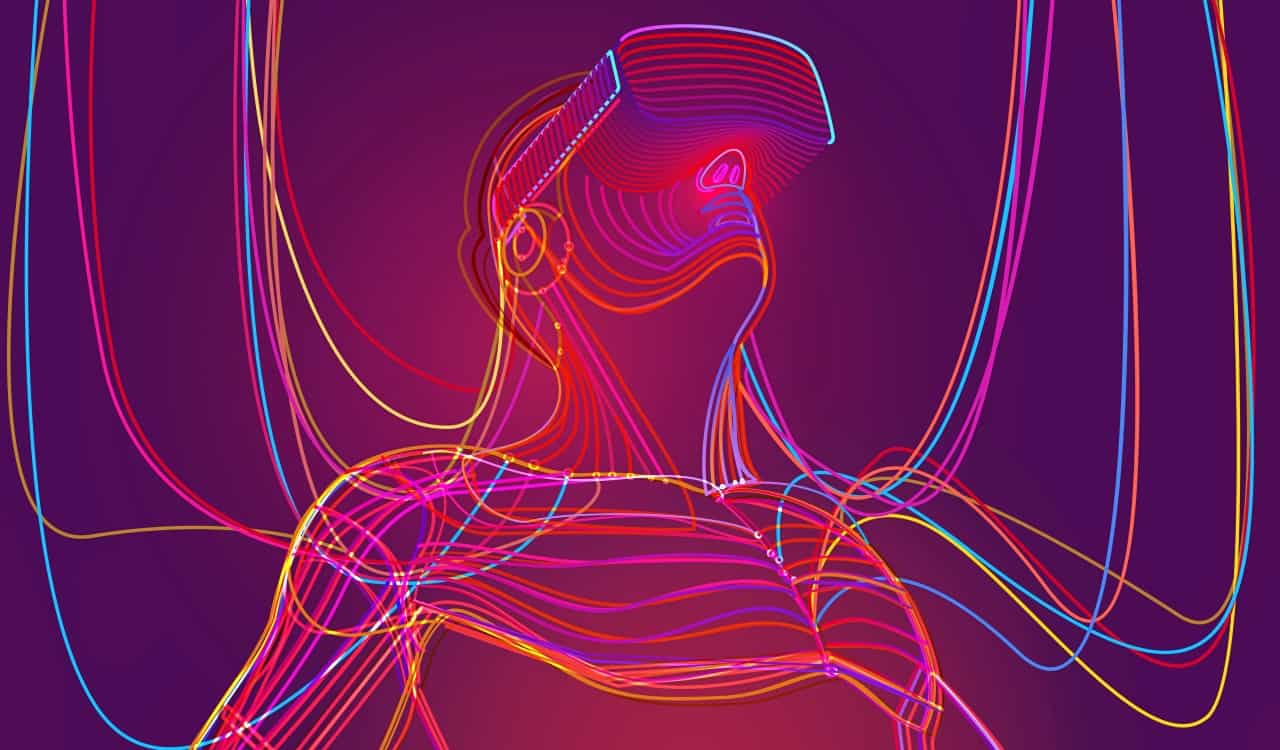
Virtual Reality Being Used To Show People What Death Could Feel Like
- Worry Meter: 15%
Virtual Reality is considered to be revolutionary today. We have tried to make it a big deal since the 1980s but arcades ran into the obvious issue of putting people into a world that felt fake. Today, with the rise of new tech, we have been able to develop worlds that look and feel real. It can be easy to get lost in that, assuming we’re in a real-life scenario. This is why you might see people walking a tightrope in a game, falling, and acting as if they are falling in real life.
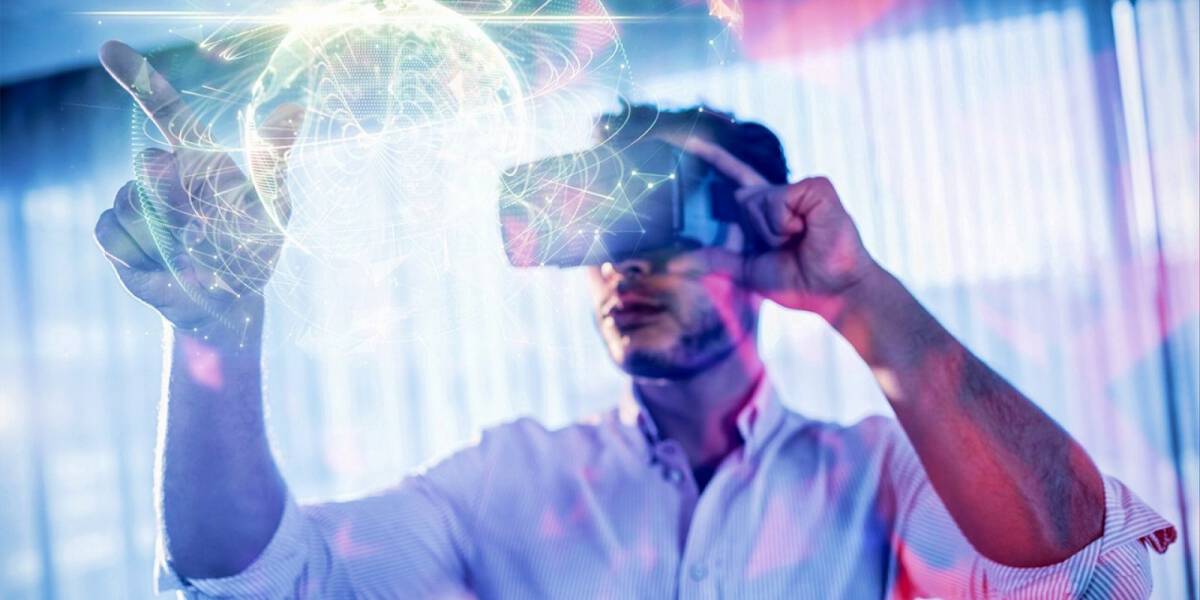
Now, one man is trying to develop a way to show people what death might feel like. Frank Kolkman has created a virtual simulation to help dying people come to terms with their eventual fate. This might seem like some of the scariest technology around but Frank did this for a reason. He wanted to help relieve people of their anxiety and fear surrounding death. Helping them become more comfortable in their last days. That does not make it any less terrifying for the rest of us.

Flying Taxis Run By Tech Companies
- Worry Meter: 45%
Flying cars have been dreamed up by futurists literally since the early 1900s. Many movies that predicted future events felt we’d be in flying cars right now. Memorably, Back to the Future 2 had us in them by around 2014. Now, they could finally be a reality soon. Due to the improvement of car batteries and the widespread improvement around drones, flying taxis are a lot easier to do than ever before. Many tech companies, automakers, and aircraft manufacturers are getting in on the action.

Some of these taxis already exist in prototype form and could be coming soon. One of the biggest companies behind this is Uber. Their Chief Executive Officer, Dara Khosrowshahi, even claimed we could see Uber using flying taxis within the next 5 to 10 years. It is obviously unknown how much airfare will cost for them, but many assume it would need to be cheap enough for these taxis to be worth it. The reason this is some of the scariest technology is obvious. Flying cars could cause some major issues that we’ll all need to keep an eye on.

Chinese Scientists Invent Camera That Can Take Clear Photos Through 28 Miles Of Smog
- Worry Meter: 75%
China has rarely ever invented something that did not worry the West. As unfair as that might be, it’s often true. A lot of that seems to be stimmed by a radical or racist mindset for the Chinese. However, this specific piece of technology is worthy of worry. University of Science and Technology researcher Zheng-Ping Li led a team that created a compact camera in 2019. It is able to take photographs with amazing clarity. It’s capable of taking photos 28 miles away without the loss of any major pixels to disrupt its perfect picture. Yet this camera can also take perfect images of things through China’s notable smog.

The camera can even create 3D models of its subjects. It accomplishes this by focusing a 1550nm low-power infrared laser on a subject, telling the computer to only receive photons from where the subject stands. Wherever the subject goes, the camera follows and keeps a clear image regardless. What makes the camera rank among the scariest technology is that it can be used for remote sensing, airborne surveillance, and target recognition. Making it capable of incredible spying capability, without anyone even remotely knowing it is happening. The camera could become an international problem very soon.
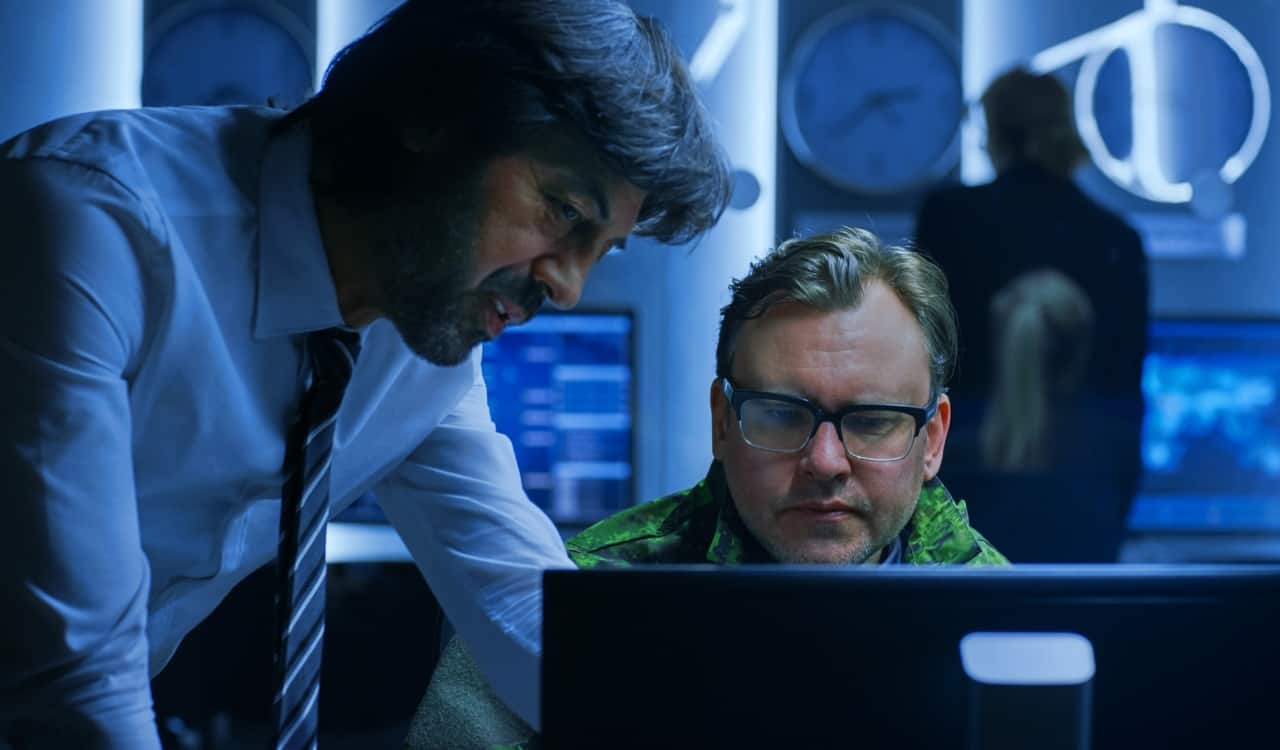
Ransomware Could Be Used To Shut Down Major Services
- Worry Meter: 90%
Ransomeware is a known computer virus that gets its name honestly. Basically, it holds data hostage until a victim agrees to pay a specific ransom to get said data back. A lot of them hit computers pretty easily, mostly through emails. An email will come in from a company you might know, like UPS or maybe your cell phone company. The email may mention something innocent like “there is a problem with your bill” or something simple. It will add a link inside the email to click on.

But once you click, hackers are able to then download data from the hard drive on your computer. A message will usually pop up immediately, telling you to pay the ransom to get it back. In 2017, the United Kingdom’s National Health Service was a victim of a cyber attack via the WannaCry ransomware. The UK declared it a national emergency until the virus was removed entirely. This proves how a critical service was targeted, so imagine how easily the rest of us could become a victim to one.

The Re-Identification Of Those Wishing To Remain Anonymous
- Worry Meter: 95%
People really do not understand this, and it’s shocking how often it’s overlooked. When you decide to fill out a form online or even answer a phone survey, you are often given the option to remain anonymous. However, you’re never actually anonymous at all. Let’s say you’re part of an “anonymous” drug testing trial. You’d imagine any medical information that is given to those professionals would be kept confidential. That is the intent, and these companies would never want to break that trust.

However, your information is critical to keep track of. It allows the drug companies to know how their drug affects you. They’d want to keep track of things like any interactions or complications that might take place. Say you have a heart issue. Will this medication cause that heart problem to be worsened? Clearly, your information is kept for understandable reasons. Usually, this stuff is abbreviated or coded to help confidentiality. But something automated has to keep track of all this, and there is specialized tech that can hack into it. Then it’ll easily gather up your personal health details.

Russia Designing Nuclear Weapons That Could Wipe Out Entire Coastal Cities
- Worry Meter: 70%
Nuclear weapons are a reality and have been in place for decades now. It has been rare to ever see one used, with the most notable being used by the United States on Japan during World War II. Yet during the Cold War, Russia and the U.S. began developing more nuclear weapons and specialized missiles. The idea is that, if both superpowers have nukes, then it’s effectively as if neither have them. Because neither can threaten the other with the same weapon.

Yet Russia has proven to be a problem for nations in the past. In 2018, the United States announced they uncovered Russia’s new nuclear missile that can wipe out entire coastal cities. Assumed to be disinformation at the time, it was confirmed in 2021. The nuke is fired via submarine, undetectable on any radar. The missile simply rides the ocean floor until it hits its target. Nukes rank high among the scariest technology around, but it’s assumed this will be a “doomsday option” only.

Your DNA Code Can Be Sold By Ancestry Sites
- Worry Meter: 80%
While genetic analysis is still not perfect, it has gotten far better over the years. This has allowed ancestry websites to properly look at your DNA and tell you where you came from. The detail in their testing has gotten remarkably accurate, but this all depends on the source you used. Places like Ancestry.com, 23AndMe, and many more are well-liked. But you might need to look at the fine print of these services. For they could decide to sell your DNA code for a major profit.

Once you ship off your genetic sample for analysis, you’re basically signing off on those companies using your DNA in many ways. You’ll never lose your personal ownership of your genetic code, but you are still giving permission for companies to sell your DNA to third parties. Many are drug companies but other more shady companies could buy your DNA too. What those parties decide to do with your genetic code is unknown. Since this is already happening, it’s a real worry you should have.

The Ability To Hack Vehicles
- Worry Meter: 90%
While this might not seem like we’re discussing some of the scariest technology with this, we technically are. However, the tech in this area is often specified given the brand, vehicle, and what one is attempting to hack. As vehicles become more advanced, especially in the electric sector, they are becoming more and more hackable. Due to this, it is a real worry to consider if we are making vehicles easier for people to hack or not.
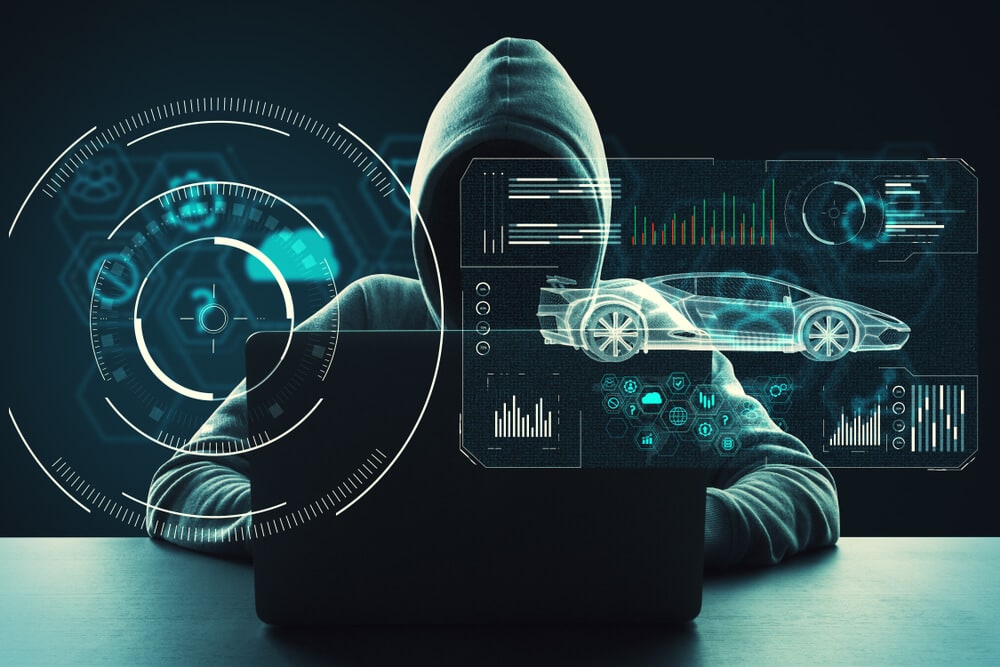
It used to be, if you wanted to hack a vehicle, you had to be inside of it or add something you created to the car physically. But this is no longer the case. You can hack into them using already installed GPS and slowly go into the automated system. From there, control where the car ends up. Especially if there is a “coast” mode included. This can all be done remotely without anything more than needing to ping off of local cell towers. Anti-Hack software is in development for many now, however.

Trail Cams Are Being Used To Hunt Endangered Animals
- Worry Meter: 65%
Trail cams can be really helpful for hunters. They are tough and rugged enough to withstand the elements, and some even hold up against animals messing with them. The idea is that they can be mounted pretty much anywhere. It used to be that you’d have to go out and physically take footage off the camera. You’d then need to erase it if you planned to add more. But now, a satellite will allow you to check things out from the camera in real-time. It even records footage online for you to see.
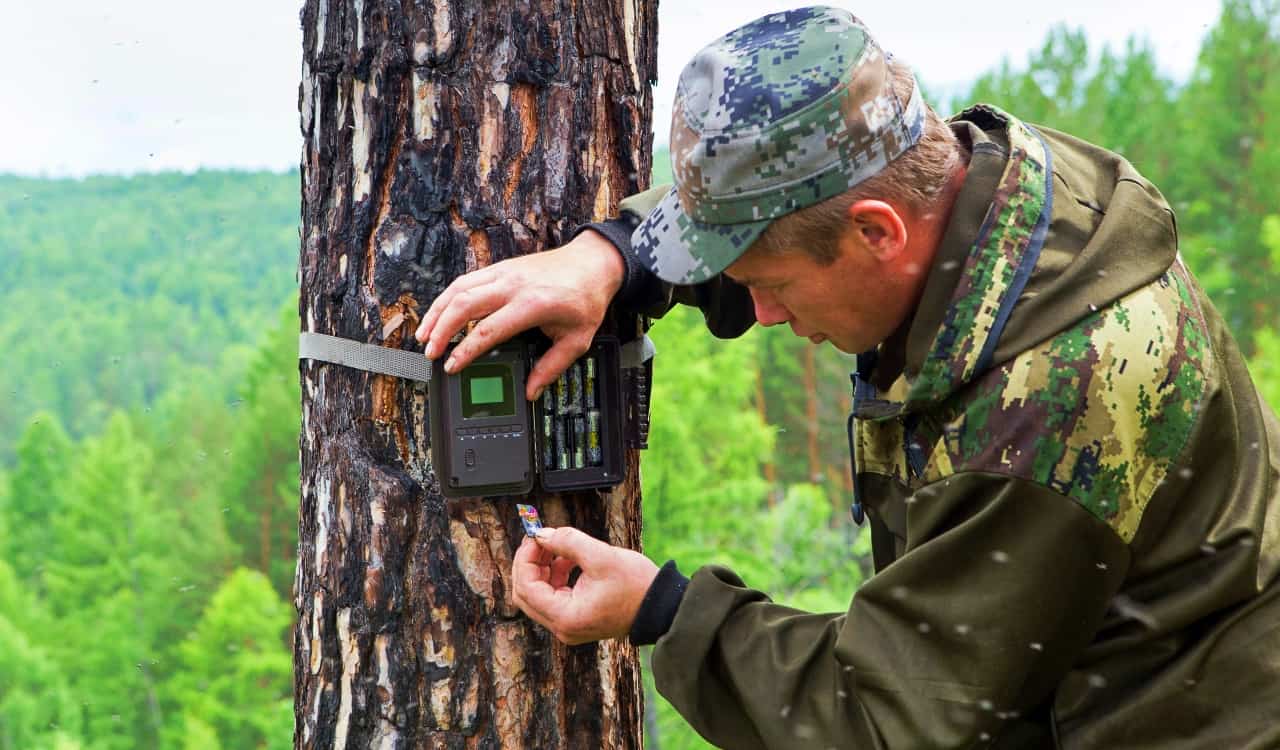
Usually, this is all accessed on an app you download to your phone. Many are even capable of recognizing an animal and starting to record when they come by or saving small clips from a larger video. Naturally, that means these cams can be hacked. Many trail cams have been installed on reserves to get footage of wildlife habitats. But poachers can hack into them, seeking to hunt endangered animals. These trail cameras offer a lot of help, as they can track where an animal likely will be.
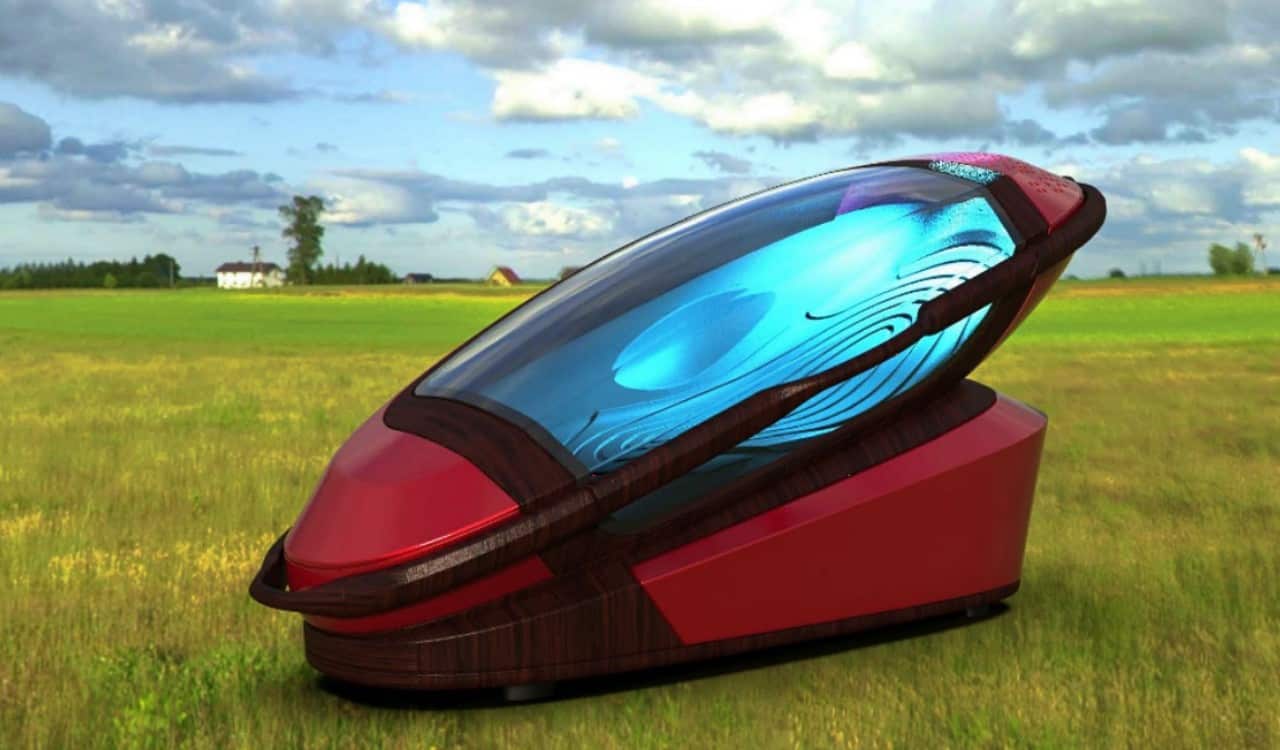
The Australian Suicide Machine
- Worry Meter: 100%
Dr. Philip Nitschke announced he had made the world’s first 3D-printed suicide machine in 2018. He nicknamed it “The Sarco,” because he’s morbid like that. The machine essentially offers a person the ability to use assisted suicide in a way that is considered “peaceful.” All one has to do is climb into the Sarco, then shut the door. The machine will slowly decrease the oxygen available until the person loses consciousness and passes away.
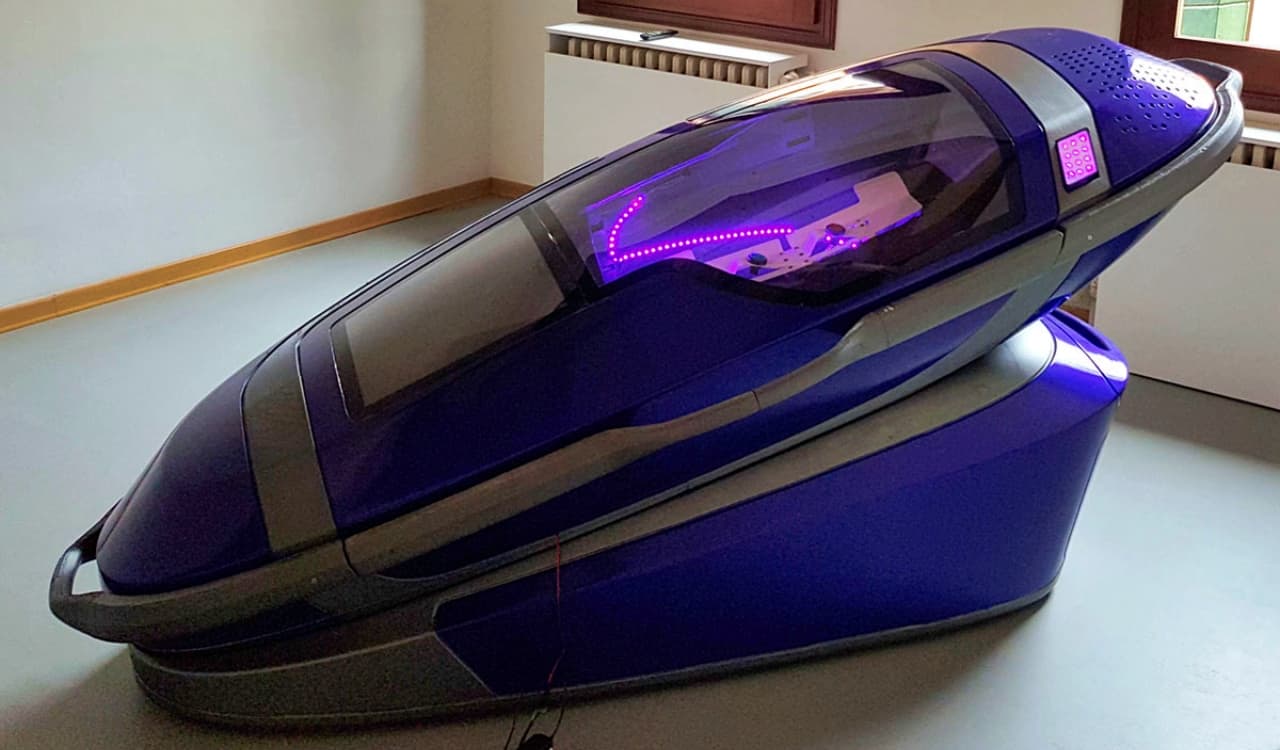
While euthanasia is not legal in many countries, it is allowed in Australia where Dr. Nitschke is based. As a result, Sarco does not break any laws. To qualify to use it, a person has to be given an access code that is only valid for 24 hours. The user has to prove they are mentally fit and have understandable reasons for ending their own life. However, this becomes some of the scariest technology out there when you think of how it can be abused by people seeking to end others.
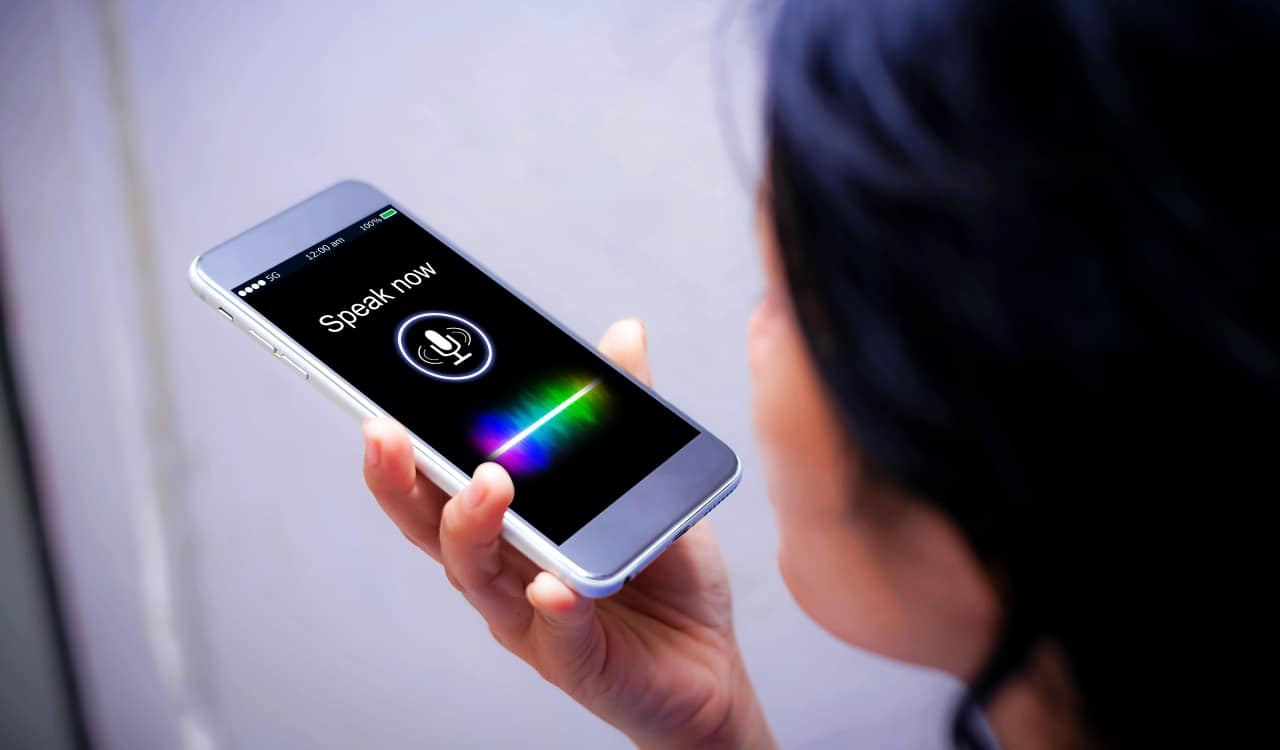
Voice Recognition Systems
- Worry Meter: 80%
Sometimes referred to as “voiceprint,” we’re only concerned with voice recognition systems for this section. There are many notable companies that use voice commands for security. A person can use their voice to unlock something like their phone, bank account, or even a vault of some sort. This is easier than having to remember a long password or recall any of the answers to security questions. You merely say a code or phrase, and you’re in.

However, this is VERY easy to manipulate. In fact, it is so easy to do that entire companies are making technology that can do it. One company, known as Lyrebird, has already shown they can clone a person’s speaking voice with their tech. When AI becomes more advanced, it is possible that you’d only need a small portion of a person speaking to accurately clone their entire voice and tone. Allowing robotics to do this via hacking for someone that could be several states or countries away.
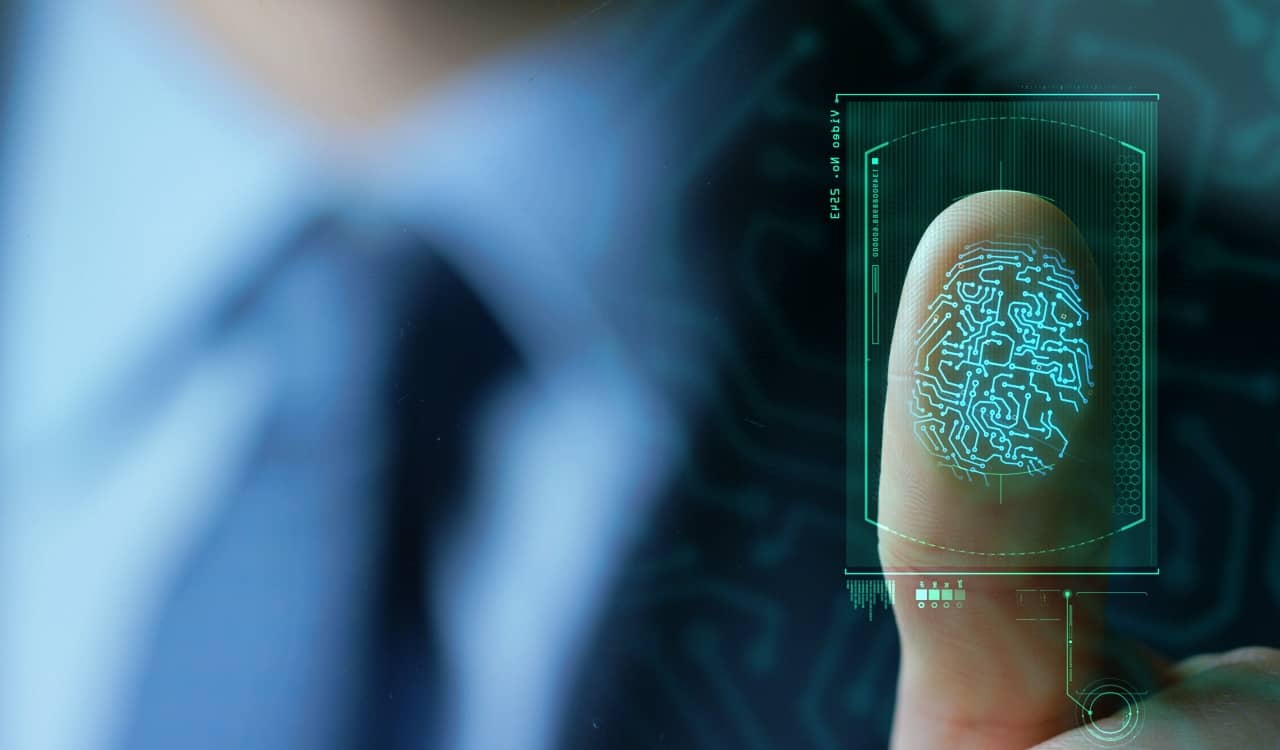
Fingerprint Systems
- Worry Meter: 95%
If we’re going to discuss the issues of voice recognition, we might as well reference fingerprint systems. While it used to be assumed every fingerprint was different, thus could be used by law enforcement to perfectly find a criminal, this was found to not be true. In fact, fingerprints can be very similar at times. That is especially true among family members. Yet currently, several of our cell phones have a button where we place one of our fingers to bypass security systems.

For example, the Apple iPhone introduced the fingerprint system in 2013. It is used to unlock your phone without needing to add in your security code. It also allows you to add usernames and passwords saved to the system to avoid typing… and memorization. But if someone wanted to, they could get your fingerprint from any surface you’ve ever touched. It’s really easy to do. They could then print it into a mold and use that print to unlock your phone and gain access to everything.
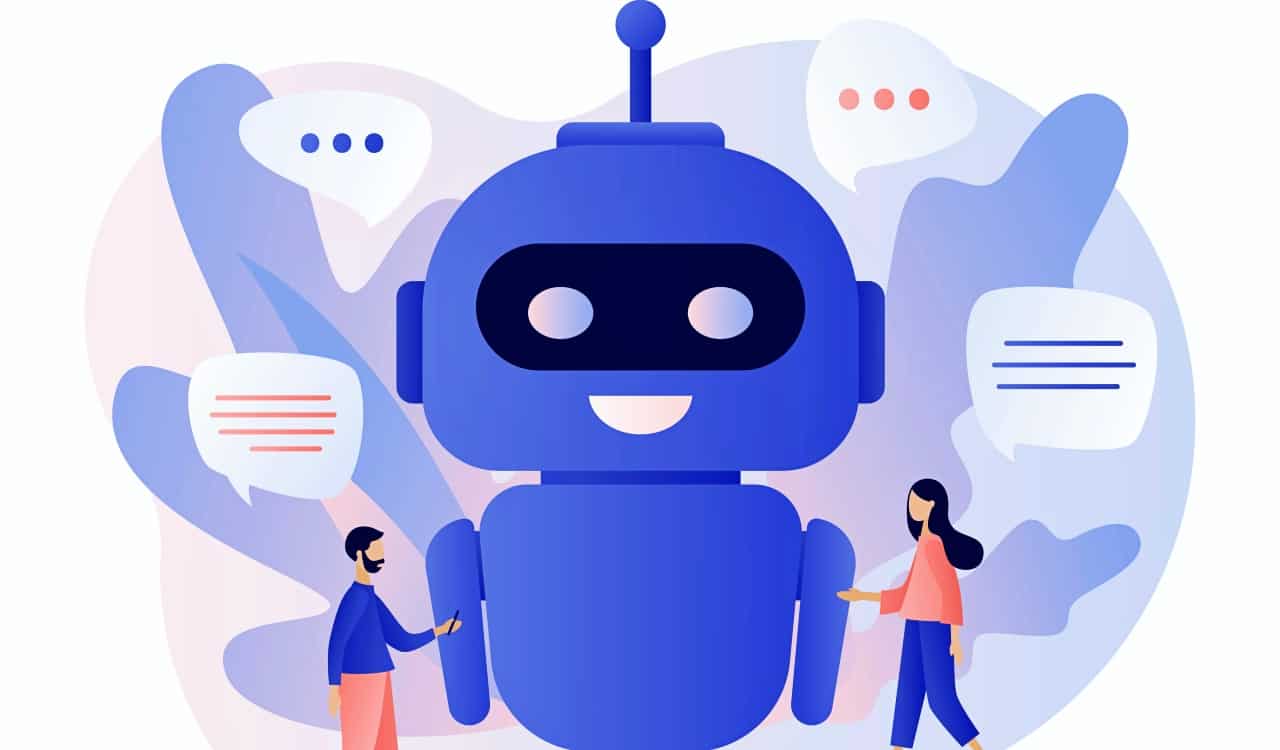
Programmable Bots Are Changing How Opinions Are Formed Online
- Worry Meter: 90%
You might be aware of bots by now. Usually on Twitter, if you see a bot, they are made to help build a person’s social following. On Facebook, they tend to send us random messages. Then on YouTube, they come in the form of comments where a video could get numerous of the same types of comments. This is all a form of online propaganda and it is used by many governments, including the United States. The general goal for bots is to help shift a narrative, usually for a political purpose.

These bots are simple programs to write, as they just do rudimentary tasks, but they are drastically important online. By these bots working, they can drive algorithms to spotlight a post or video. Even if the content is 100% fake, algorithms don’t test for that and only go on popularity. Bots might then get things going, but others will see something and want to buy into it and share it around themselves. This makes bots some of the scariest technology around due to the social power they can wield.
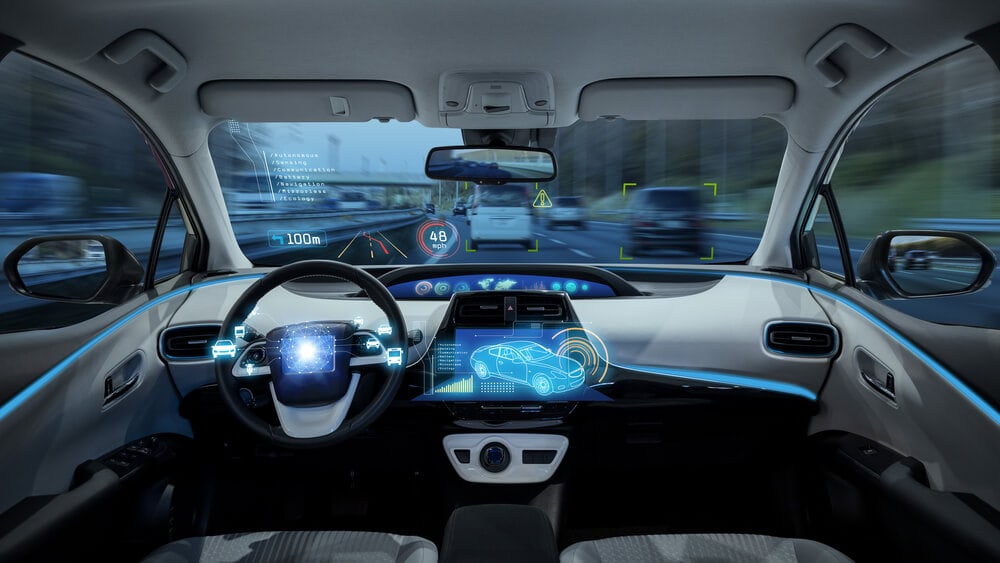
Self-Driving Cars
- Worry Meter: 80%
While you might be saying that self-driving cars are not a thing right now, they most certainly are. In fact, Google has quite a few of them that they have made. Of course, they are only really used around their campus. The reason self-driving cars are not seen a lot on the roads is simply that roads have to be programmed. Relying on GPS or a satellite system is problematic so these cars would need something to follow. All you need are chips, which can be placed safely on the roads. The chips cost about a penny to produce, so it’s very cheap.
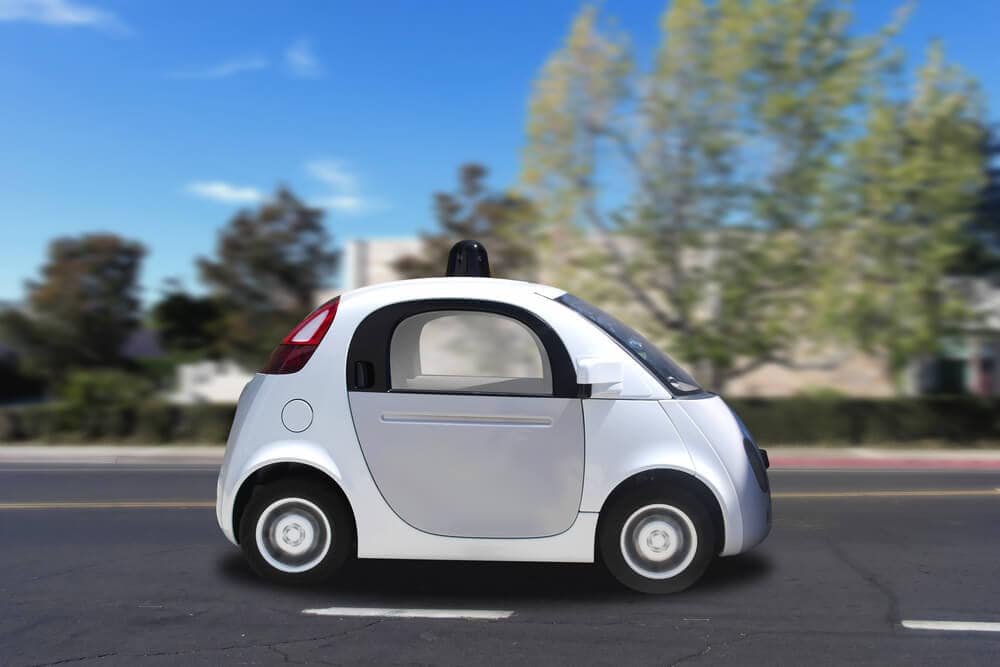
But doing this causes political issues, which is why you do not see it happening already. Even with this, there are many other social issues to consider. While it might stop at lights or wait for people to cross the street, what happens when things go wrong? What if a real-life trolley problem comes up and it needs to decide between two people. It must hit one, but who does it pick? This is why many are concerned that self-driving cars are not ready for the mainstream yet. Cars alone are dangerous but self-driving cars are some of the scariest technology of today.

Chinese Social Credit System
- Worry Meter: 100%
What really is a “social credit system,” right? Basically, China is using this system to monitor its people and punish them for what is counts as a problem. To do this, they use specialized artificial intelligence, facial recognition, data analytics, and much more. It might seem like a weird episode of Black Mirror, but it’s a reality for the Chinese people. Obviously, China is doing it to try to further control its people. By monitoring them, they can ensure everyone complies… or else.

One’s social score can be critical and low scores could have you blacklisted from many services. Like if you comment on not liking China’s communist party, your score could decrease. If it goes down far enough, you’re banned from work opportunities, traveling, and much more. Worst of all, you’re not notified of any of this or even sent a warning. You just randomly find out when you try to do something. Clearly, this is some of the scariest technology around. We hope it never ends up here.
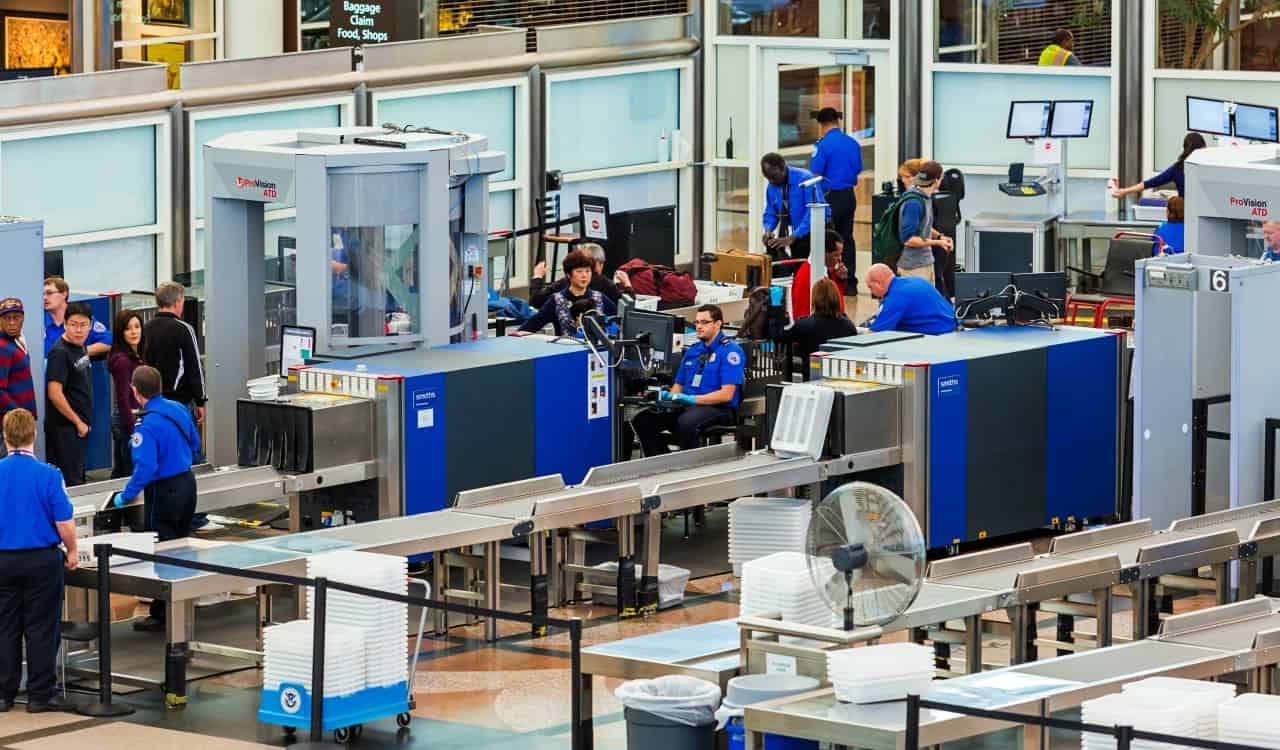
3D Body Scanning
- Worry Meter: 50%
If you’ve ever been to a major American airport, you’ve likely come across something like this when you had to cross through the Transportation Security Administration. You might better know them as the TSA, or those people who randomly search you and all your stuff. They use 3D Body Scanners to effectively help them see if a person has something truly problematic on them or even inside them. While security is one thing, 3D body scanning has started to enter the retail market.
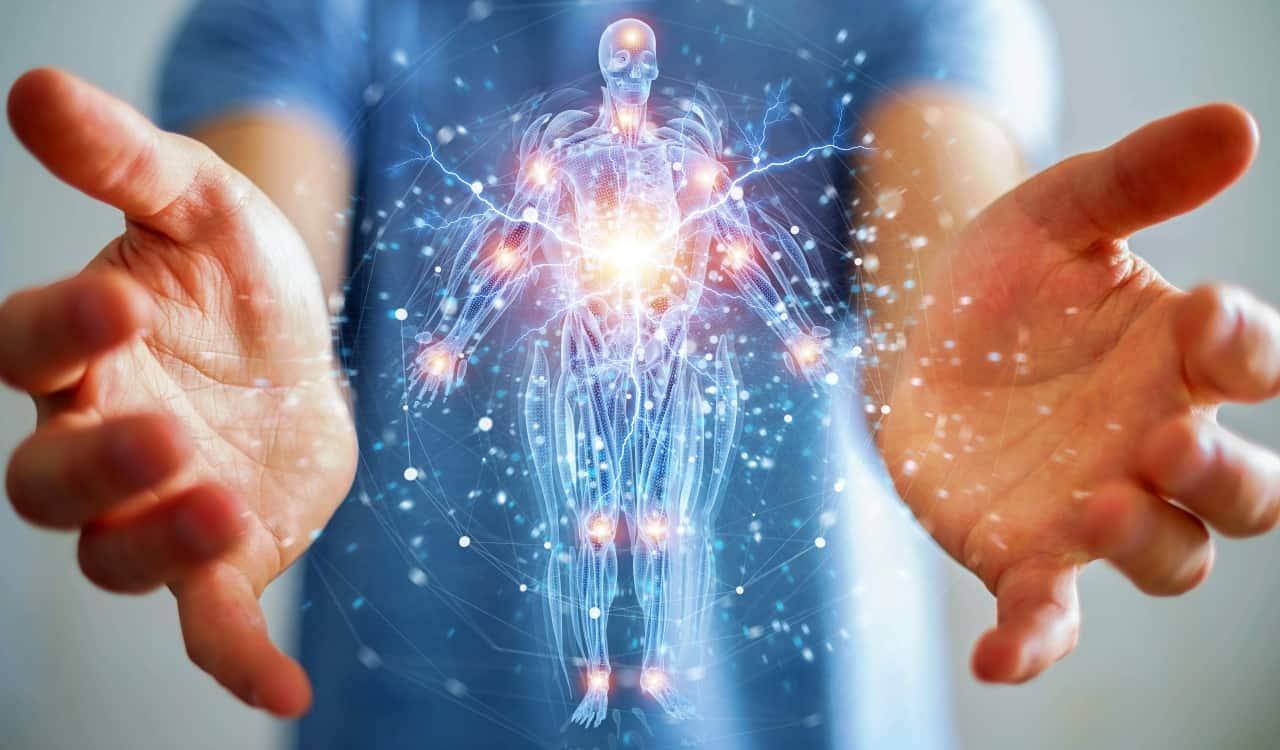
Various retailers are using body scanning on an experimental level. Currently, Amazon is trying to further revolutionize the shopping process, especially when it comes to clothing. They are experimenting with 3D body scanning to custom-fit clothing. But what happens to your body data Amazon or stores take? Do they store it? Get rid of it? Do they sell it to other retailers? Your body data being online for others to exploit is horrific, especially when you consider places will scan children too.

Hearing Voice Inside Stores
- Worry Meter: 70%
Have you ever thought you heard something but could not place what it was? How about a time when you heard something clearly but did not see anyone around to say it? Maybe you were not crazy after all. It could be that specialized technology was made to say something and put it into your mind. We know, you probably do not believe this, right? Well, we invite you to check out a company called Holosonics who makes technology to do this very thing in the name of advertising.

They invented something known as the “Audio Spotlight System.” It utilizes small speakers that focus sound into a very narrow beam. But this comes in the form of ultrasonic frequencies that humans cannot hear. However, as that sound travels from the Audio Spotlight System speakers, air will distort this sound the smaller speakers created. That will make the audio capable of hearing in a whispered or normal tone. Yet it does not travel around, so you’d need to stand in specific locations to hear it.
Two young woman on a street in Riga. Photo Credit: OlegRi/Shutterstock
De-Pixelating Previously Pixelated Images
- Worry Meter: 95%
You might have seen specific parts of an image pixelated or perhaps an entire image. This might even happen in videos too. It is often done to hide a person’s identity or other personal information. This could be done to mask faces, license plates, addresses, etc. The great part about pixelating is that TVs cannot sharpen or enhance the image to fix the pixelated content. It does not have enough information to put the image back together in a pixelated format. Making it a perfect thing to use.

Yet researchers at the University of Texas at Austin and Cornell Tech created software that is capable of seeing through intentionally pixelated images. To do this, they use neural networks or well, artificial intelligence. In fact, they are able to consistently beat YouTube’s privacy blur tool. Meaning blurring and pixelating will never protect their privacy, potentially putting many at risk. This is some of the world’s scariest technology in our book. What if it fell into the wrong hands?

Amazon’s Facial Recognition and The Prospect Of Mass Surveillance
- Worry Meter: 85%
Facial recognition systems are not easy to trust. This has become such an issue that even many phone brands have shifted from this technology as a security measure. However, Amazon introduced their version of it, called Rekognition, in late 2016 to a mixed response. While using it for Amazon’s own system made sense, they also began pitching their system to law enforcement to assist them with criminal investigations. Some took them up on it, such as the Orlando Police Department.
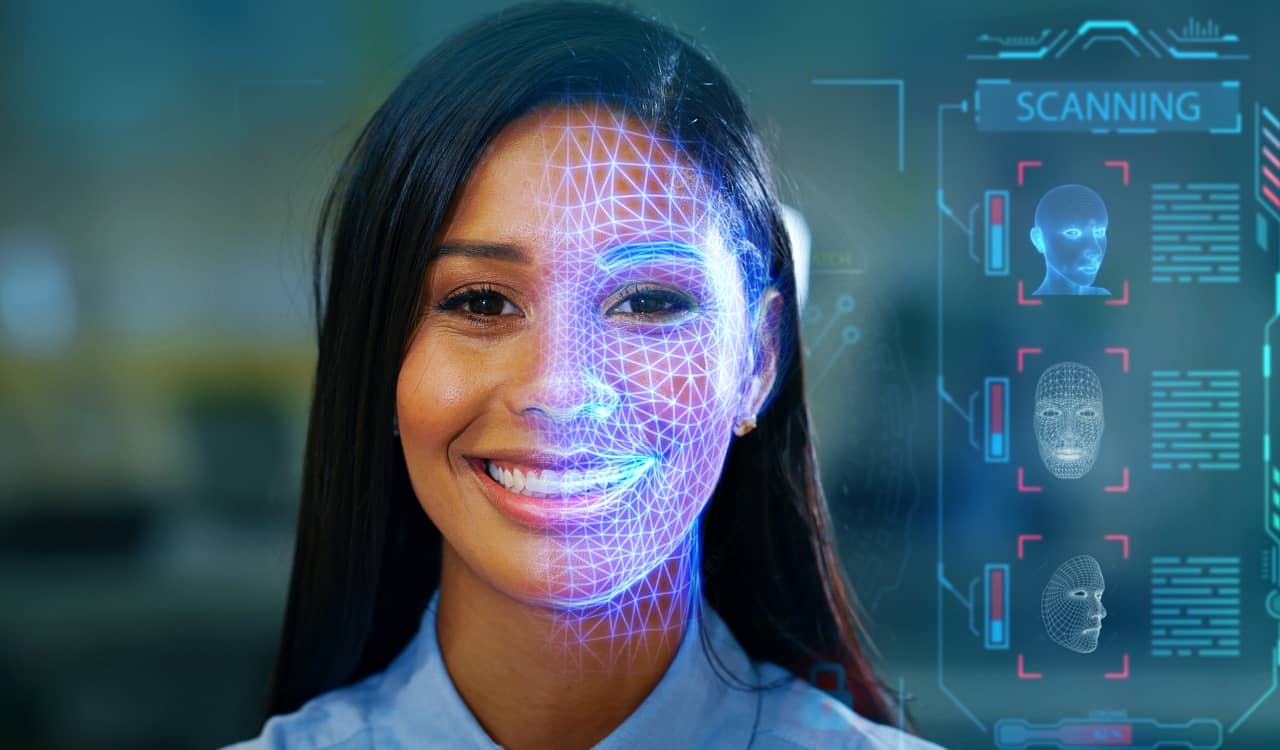
Many felt the system could truly help, but it offers a lot of potential problems. In fact, the American Civil Liberties Union believes it can serve as a political weapon. They feel it can be used to do mass surveillance on the public without their knowledge. The ACLU among others pushed for Amazon to stop offering Rekognition in May of 2018 on the stance that it could be abused by law enforcement. You can see why we rank it as some of the scariest technology out there today.
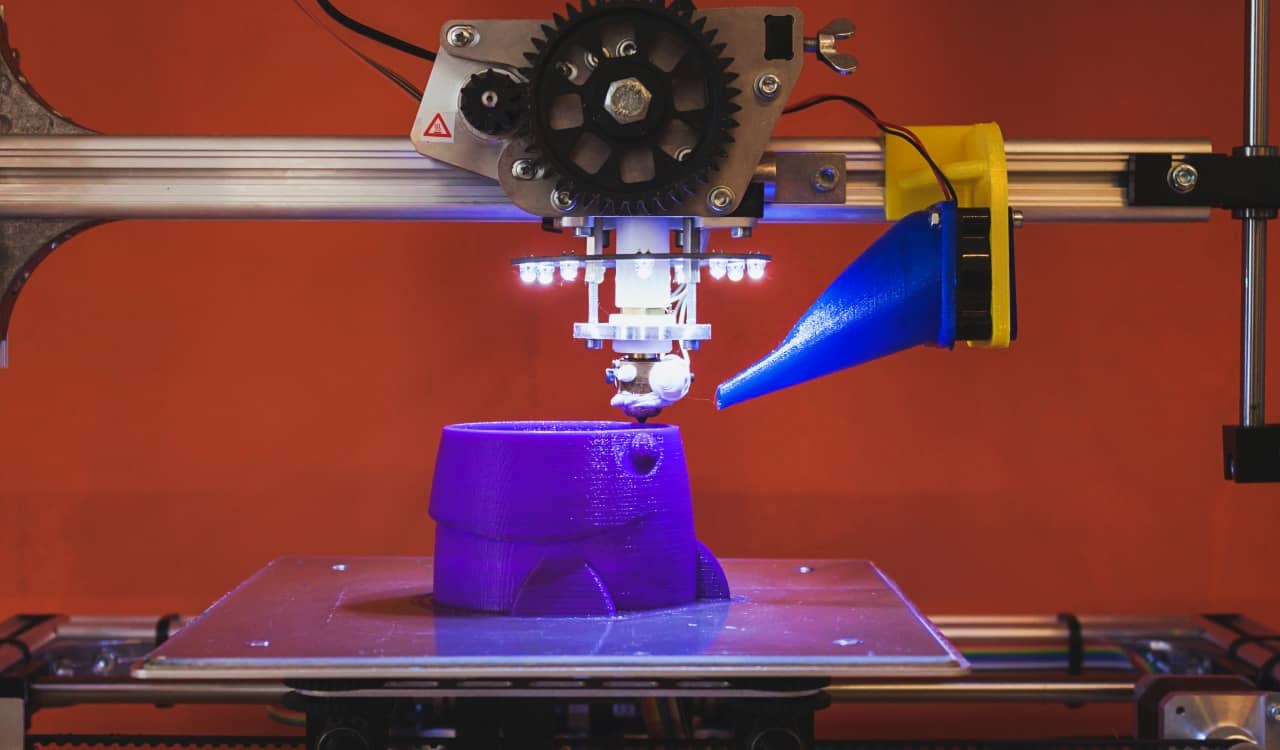
3D Printers
- Worry Meter: 75%
While the potential for 3D Printers is incredible, there are a lot of issues that can happen with them. Of course, this really all depends on the type of printer we’re discussing though. Printers have to be given a raw supply of materials to make things, which usually results in the use of cheap materials such as hard plastics. However, if you wanted to, you could supply other materials to truly make something dangerous. This became a major worry years ago when guns were being made by them. Of course, most of the early guns were not very effective, but this has changed as technology improved.

One could now print out an AR-15 style gun or an assault rifle. None of which have gone through testing, and the user has not even had a background check. This was proven to be a big problem in 2013 when a California-made printed a homemade AR-15 and murdered 5 people. He was denied the opportunity to buy one due to mental health problems, so he just printed his own version. 3D printers are some of the scariest technology out there due to this type of thing being possible. 3D printers have become a lot more affordable too. What’s worse is that there are websites that show people how to print guns!
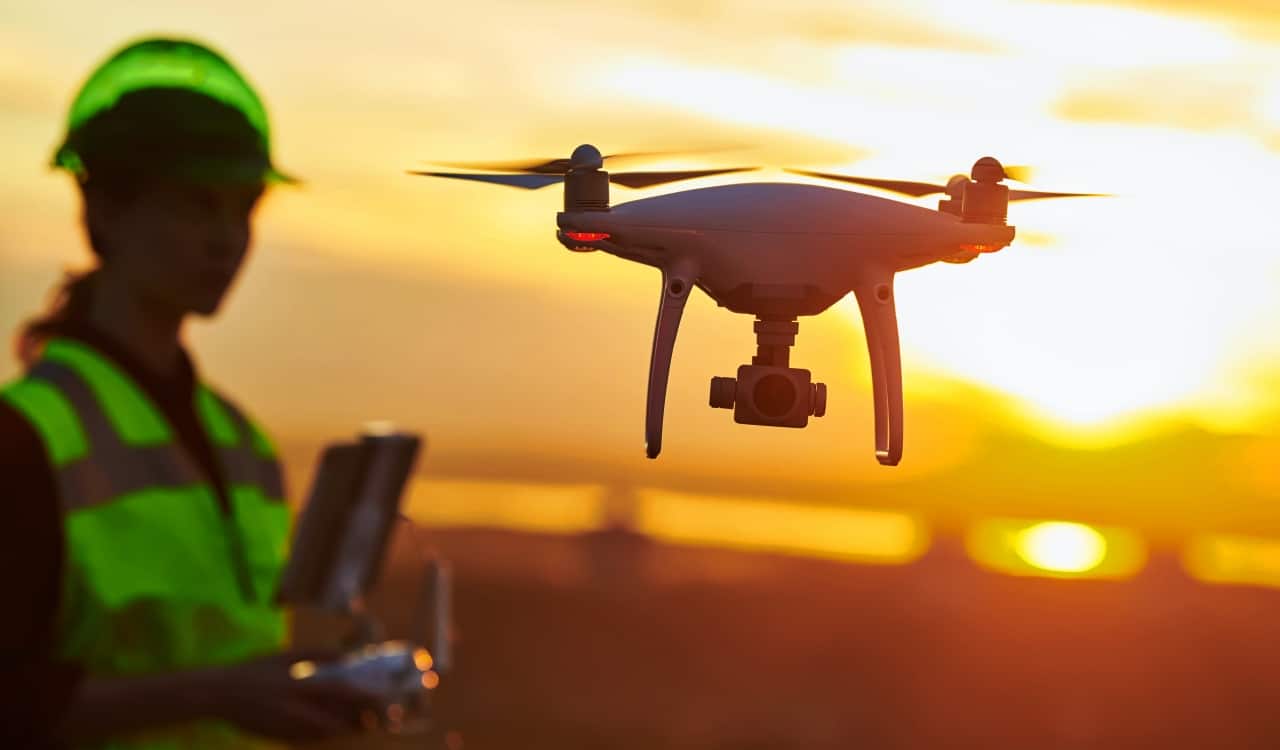
Drones
- Worry Meter: 100%
When drones were first used, they were employed by the military. They were perfect to use, as they allowed the military to survey the scene before they went in, and they could be armed to handle some of the combat to keep our boys safe. But eventually, they hit the consumer market. They were a huge hit but caused a lot of issues (such as spying on people), causing the Federal Aviation Administration to make specific rules. Everyone now has to have a license for them.

You can only fly so high and can only be a specific distance from your drone. Obviously, there is no flying in restricted territories nor anywhere aircraft is present (such as airports). Plus, you cannot fly them too close to residential areas. In spite of these rules, people can easily break them to spy on others. What makes them some of the scariest technology known is that they can still be equipped with weapons. While most consumer drones are not capable of this, you can build onto existing drones to accomplish this.
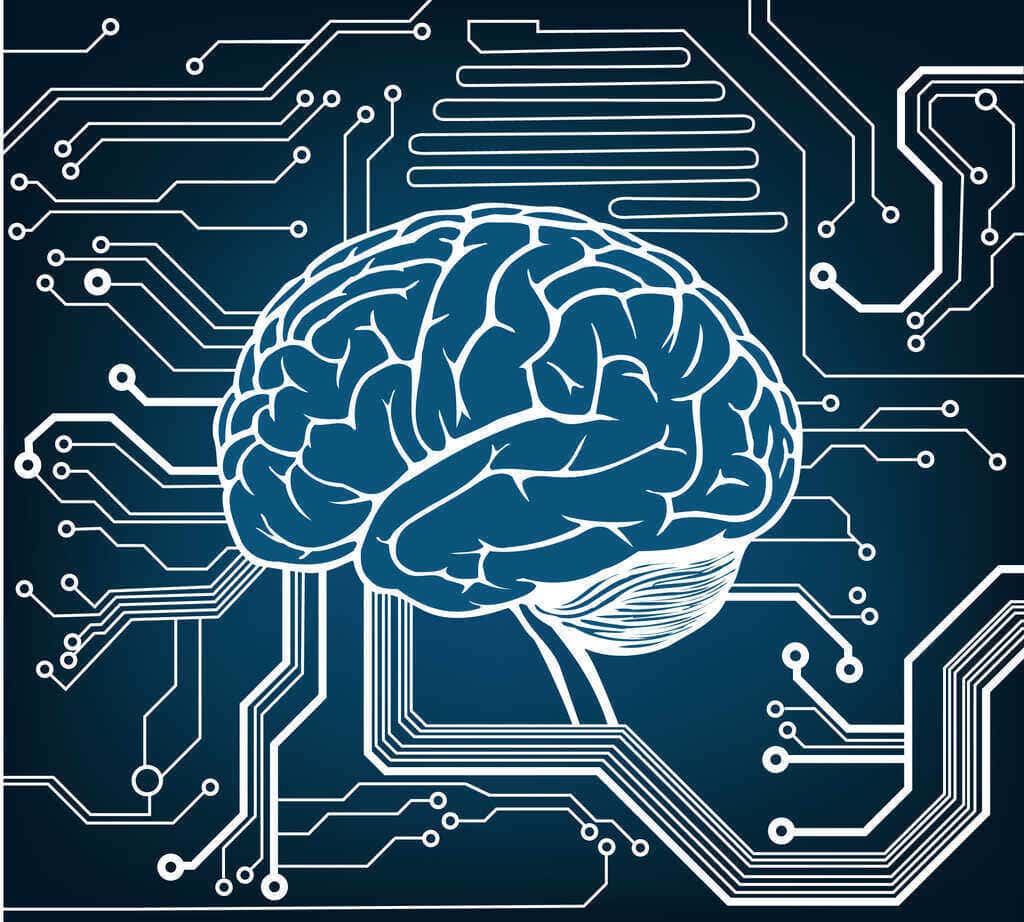
Brain-Computer Interface
- Worry Meter: 50%
While it is true that cybernetics and other sophisticated technology will help us replace limbs, organs, and much more, things might go too far. One way this could occur is via the brain-computer interface. Currently, Neuralink is working to make a high-bandwidth, implantable, computer interface. This would allow doctors to give people their sensory and motor functions back after severe issues like strokes, car accidents, or major neurological disorders.
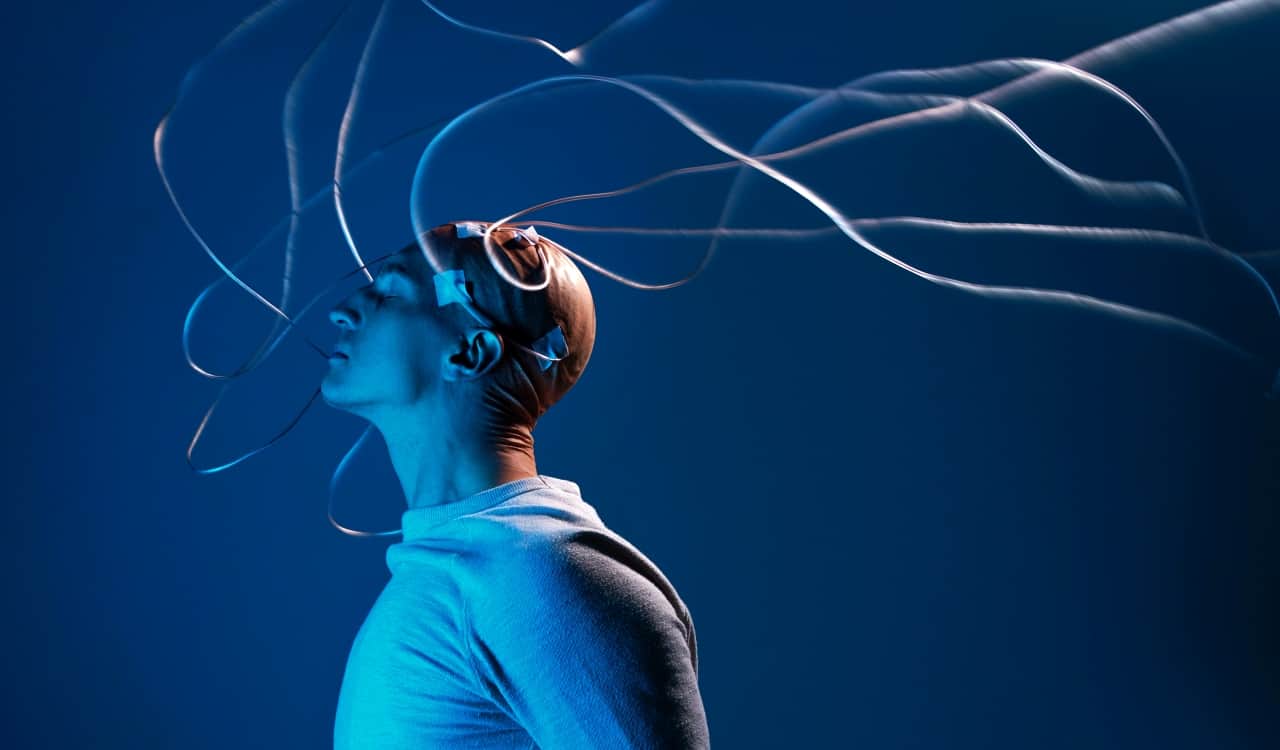
While that is pretty cool, it gets worse. Elon Musk wants to use this tech to hopefully enhance human brain function, allowing us to have better memory and cognitive abilities. This is due to Musk’s fear of artificial intelligence and wanting to be on the same, level playing field with them. This becomes some of the scariest technology imaginable when you consider how many threats this opens up. One could easily be hacked and this type of implant could make a person literally a walking zombie.

Deepfakes/FaceApp
- Worry Meter: 100%
You might have recently used the FaceApp tech, in its free version, on your mobile device. While others just like it exists, all of it is pretty cool. Allowing you to switch faces with friends and family is a lot of fun. But FaceApp is so advanced that it could replace a person’s face on, perhaps, an adult film star’s body. Then use this to spread the “fake nudes” of a person online. On this same note, deepfakes overall can do this and much more. For example, it could be used in a racist way such as what occurred with Michelle Obama. Which could be done to anyone and cause real emotional and mental harm to them.

Beyond this, they can be used to fake something a person said. An example of this was done by the media to show former President Barack Obama on camera saying something he never said. One would assume a video would not match but deepfakes can manipulate the mouth too. This allowed Jordan Peele to do his Obama impression and say wild things while it appeared the former President was saying them. Clearly, this type of tech has the potential to cause several problems. This is why we believe it is among the scariest technology known today.

CRISPR
- Worry Meter: 100%
While some might assume we’d add artificial intelligence to this list, it is nowhere near advanced enough now to be considered a major threat. It might not reach the major threat level we all assume of it for a long time. Meanwhile, CRISPR and others like it are heavily improving by the day. CRISPR stands for “Clusters of Regularly Interspaced Short Palindromic Repeats.” In short, it is a genetic editing system. Yes, you read that correctly, genetic editing! The initial concept behind it was revolutionary! People loved the potential ability to remove possible genetic illnesses from their future child’s genetics.

You could also potentially change their possible height as well as their likeliness to be born with diabetes or autism. Yet genetic editing is not just done in a lab. As this stuff becomes more accessible or affordable, some are able to do it out of their garage. The right tech could allow a person to genetically alter themselves. We could see real-life science fiction or comic book stuff occur with this. Beyond that, it might be possible to one day give our children what would technically be superhuman abilities using this genetic editing technology. If anything, THIS makes it some of the scariest technology in the world today.

